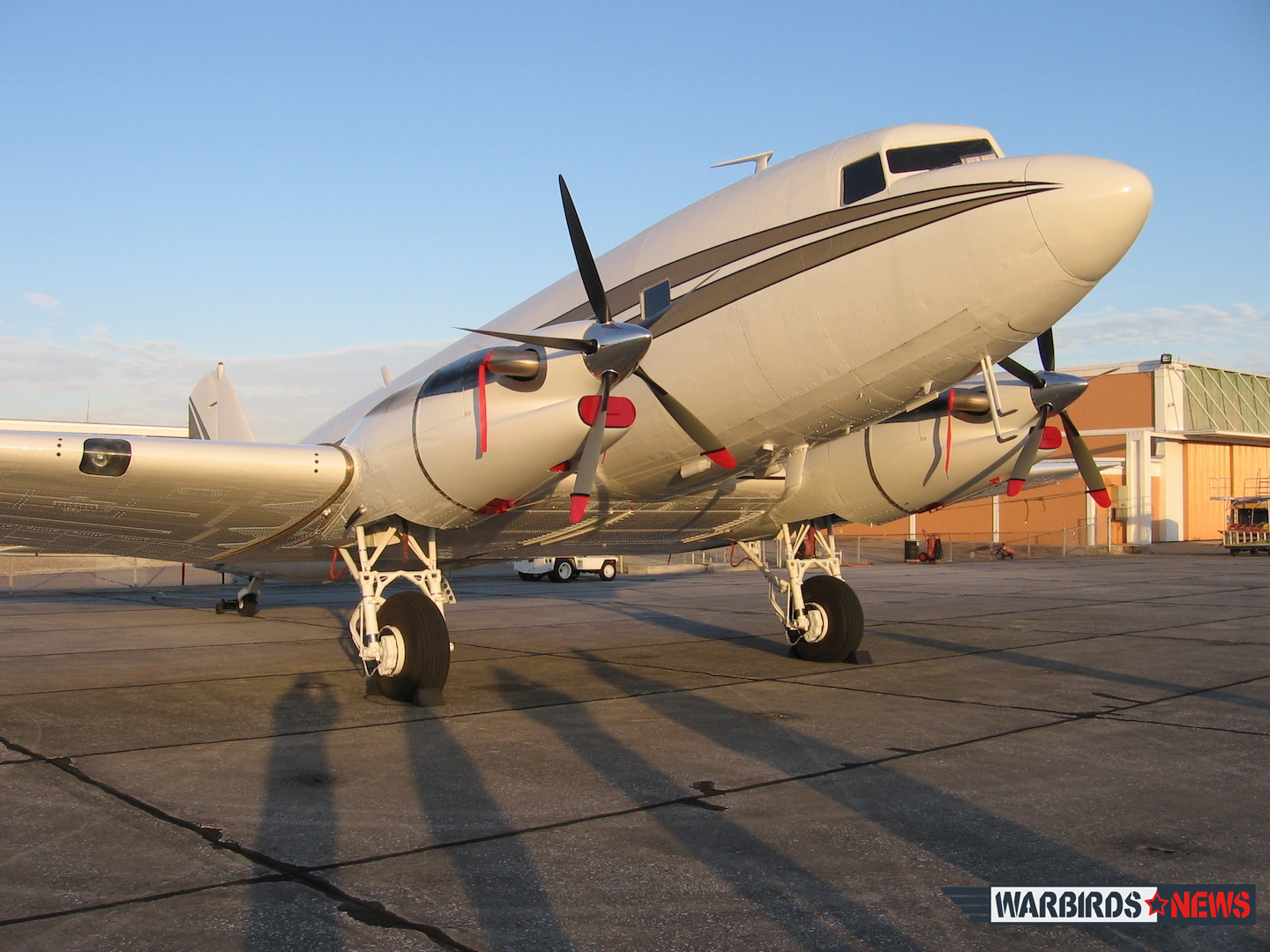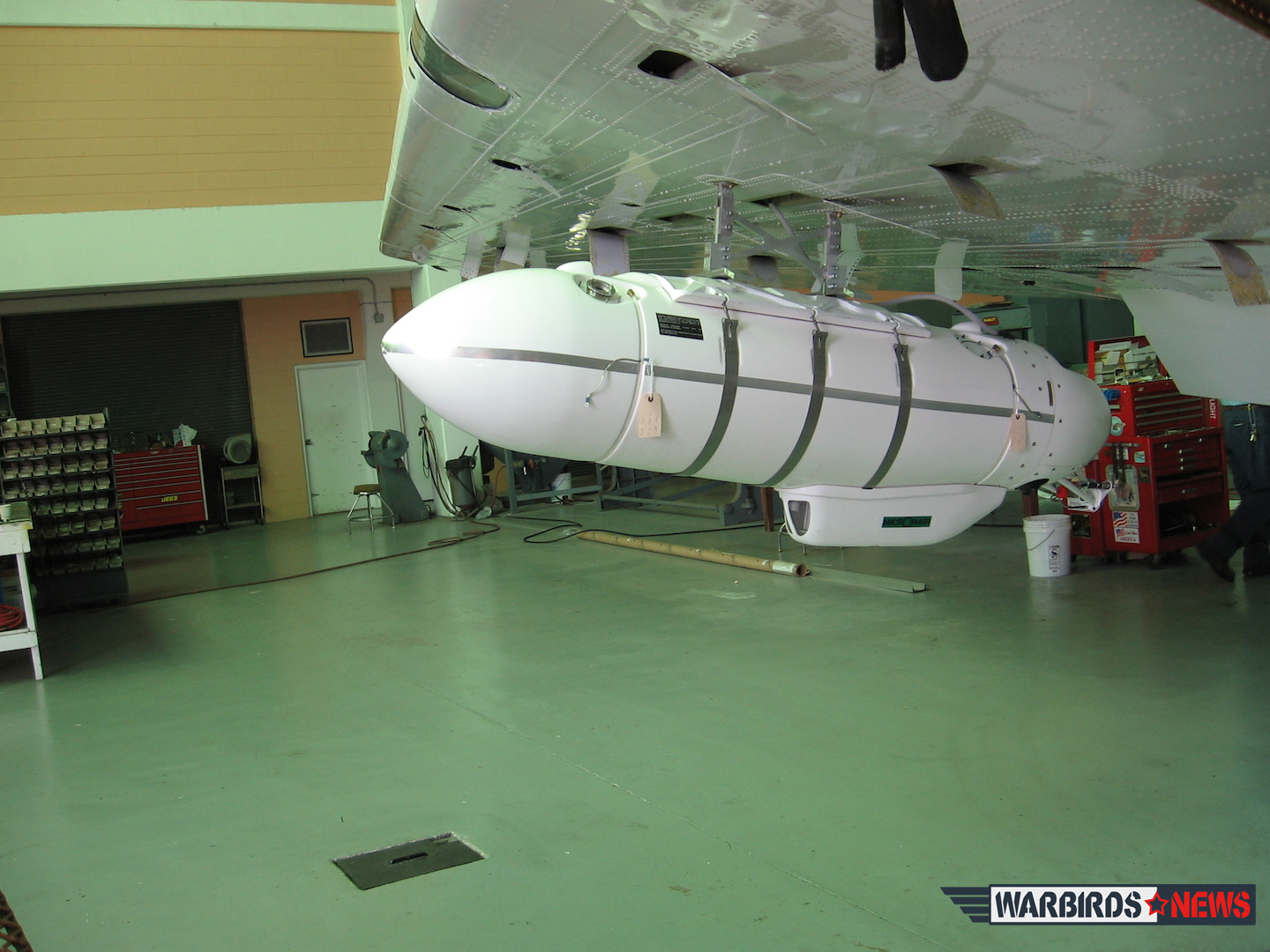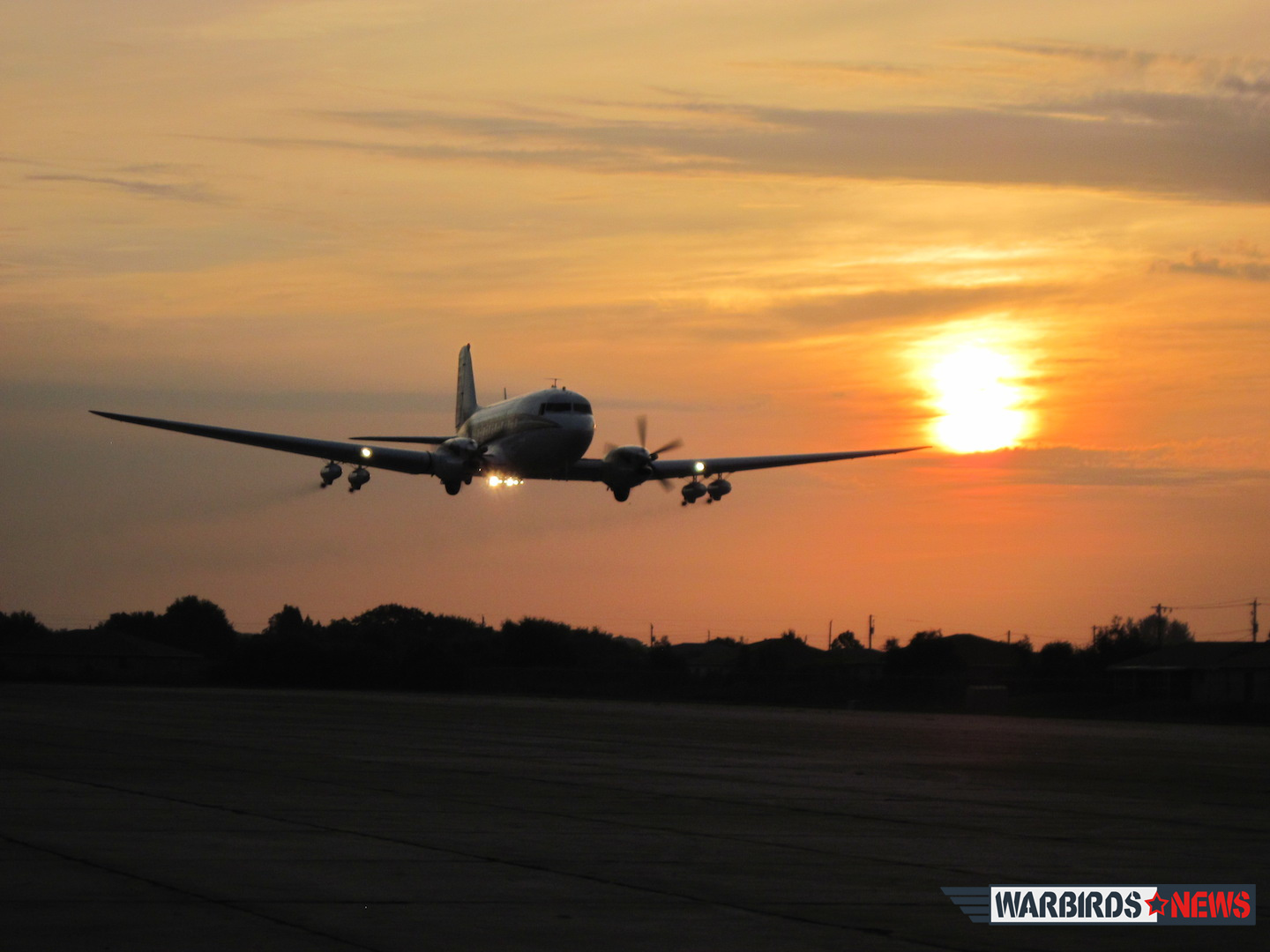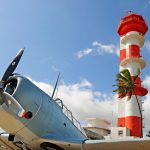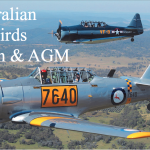As most WarbirdsNews readers are well aware, the Douglas DC-3, along with its more prolific military variants, is an extraordinarily capable aircraft. Adapted from the Douglas Sleeper Transport, or DST, Donald Douglas could never have imagined how important his design would eventually be. It was the very first airliner to allow passenger service which didn’t depend upon air mail contracts to be profitable. And so many remained in service in the decades following its introduction, that it wasn’t until the 1970s when another airliner, the Boeing 727, became more numerous in global airline use. Many hundreds are still in use around the world, with well over 200 still on the US register alone (although that doesn’t necessarily reflect airworthiness). The type is inexpensive, to operate, and offers a remarkably robust airframe capable of adapting to many uses, whether it be serving remote landing strips in the Antarctic on skis, flying freight and passengers in the Andes Mountains of South America, or dispersing oil spills in the North Sea with air-dropped detergent. This article features one particular example, an ex-military C-47B variant now employed in Lee County, Florida in the anti-mosquito, chemical spraying role.
The following details were adapted from detailed descriptions written by Alfred A Bennett, Manager, Aircraft Maintenance, Lee County Mosquito Control District.
The aircraft, currently registered as N146RD with Lee County Mosquito Control District, started life as 44-76565 under a US Army Air Force contract. She rolled of Douglas’s Long Beach, California production line in March, 1945 and joined the Royal New Zealand Air Force as Dakota NZ3538 under Lend Lease. Disposed of after the war, the Dakota joined New Zealand National Airways in 1947 and continued to fly in New Zealand for the next three decades, before a very brief stint in Singapore. The South African Air Force bought the transport in 1981 to augment their fleet of C-47s/Dakotas. They operated the Dakota as serial 6846 in standard piston-engined configuration until around 1992 when they converted her to turbo-prop configuration using the Greenwich STC.
Dodson International Parts, of Rantoul, Kansas acquired the aircraft from the South African Air Force in 1997 along with a dozen or so others. They performed a conformity inspection to the Greenwich STC SA3820SW standard and certificated the aircraft in the U.S. as a DC-3C-TP in the Transport Category. Dodson, like their more well-known competitor, Basler Turbo Conversions, has modified a good number of DC-3s to turboprop configuration.
N146RD is one of nearly half a dozen DC-3s registered to the Lee County Mosquito Control District. It is currently fitted with Pratt & Whitney PT6A-65AR turboprops driving Hartzell HC-B5MP-3 five-bladed propellers, and is equipped with an auto-feather and auxiliary power reserve systems. The fuselage is stretched approximately 42 inches from its original length, with all-new electrics, and extended fuel storage with an additional 200 gallons of fuel carried in nacelle-mounted fuel tanks (100 gallons each side) bringing the total fuel capacity up to 1000 gallons.
Lee County Mosquito Control District (LCMCD) acquired the aircraft in 2008 after which it went through an extensive inspection at Dodson Aviation’s Ottawa, Kansas facility. A DER (Designated Engineering Representative) in Kansas designed wing internal hard points and an under wing mounting system for the Micronair Pod spray pods originally designed for mounting on NATO-spec. hard points. Dodson personnel fabricated and installed the internal structure for the hard points per the engineering drawings and LCMCD personnel fabricated the external mounting system and mounted the spray tanks and systems.
The aircraft currently has 30,807 hours total time. It is equipped with Garmin GNS 430 and 530 GPS/Com radios, Garmin transponder and audio systems, Bendix RT1201A color radar system, a radio altimeter, cockpit and flight data recorders and an AG-Nav Guia GPS unit (which operates the spray system, provides guidance to the pilots and maps areas sprayed for future reference). LCMCD currently uses the aircraft for mosquito control adulticiding operations which they fly in the evening hours (9:00pm – 12:00am). The spray system carries 120 gallons of Dibrom which is unloads at a rate of 1/2 to 2/3 of an ounce per acre. The pilot and copilot wear night vision goggles when flying these missions, which they perform at 300 feet AGL at a speed of 130 knots. They cover roughly 22,000 to 28,000 acres per mission.
The pictures below follow the aircraft through LCMCD’s initial inspection in Mena AR, through the extensive inspection/repair & modifications at Dodson’s Ottawa KS facility followed by the installation of the spray systems in Buckingham, Florida and then finally show the aircraft in active service.
WarbirdsNews is very grateful to Alfred Bennett of LCMCD for his help in preparing this article, and providing the stunning images!
[inpost_galleria thumb_width=”200″ thumb_height=”200″ post_id=”16297″ thumb_margin_left=”3″ thumb_margin_bottom=”0″ thumb_border_radius=”2″ thumb_shadow=”0 1px 4px rgba(0, 0, 0, 0.2)” id=”” random=”0″ group=”0″ border=”” show_in_popup=”0″ album_cover=”” album_cover_width=”200″ album_cover_height=”200″ popup_width=”800″ popup_max_height=”600″ popup_title=”Gallery” type=”yoxview” sc_id=”sc1416284179449″]







